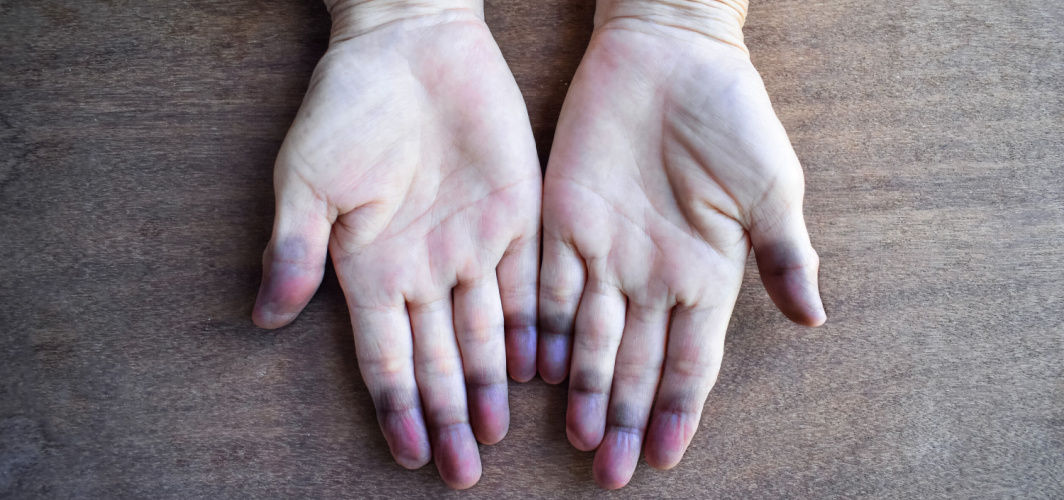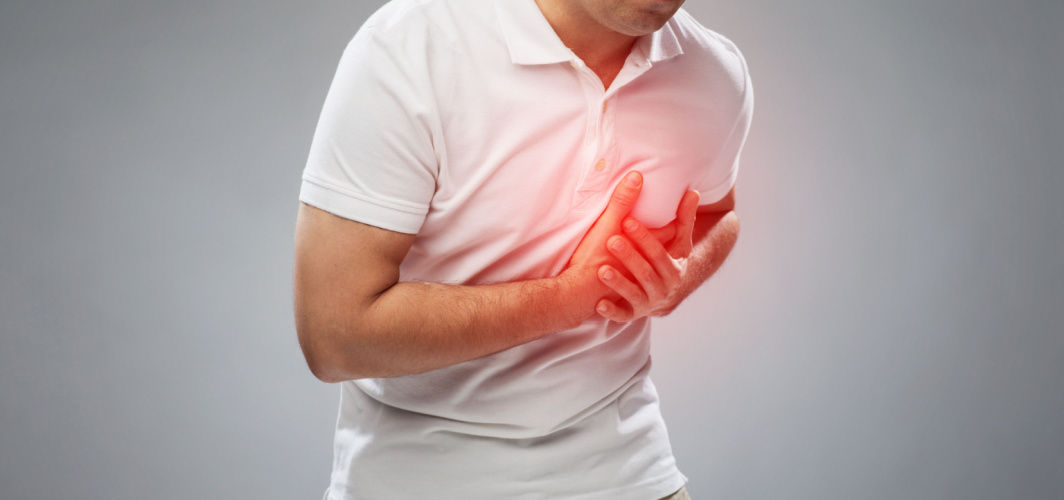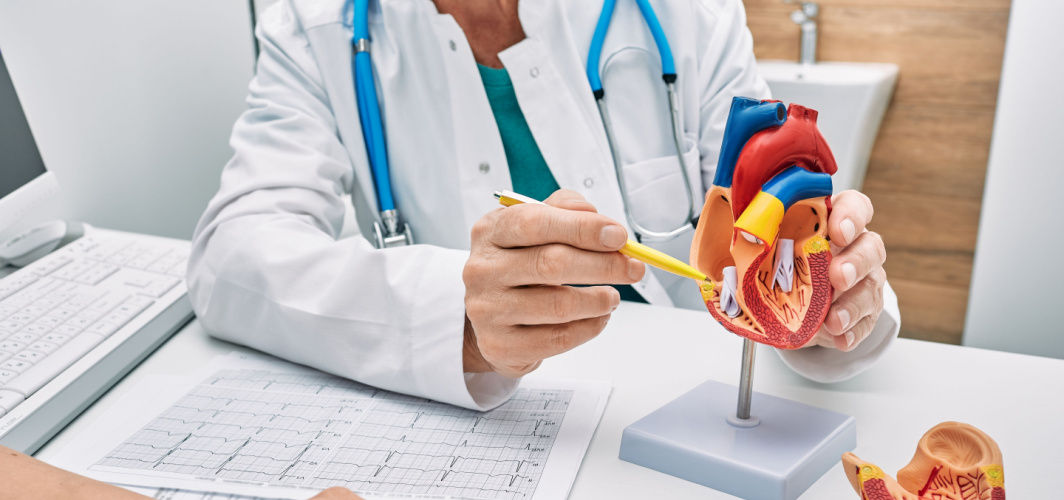Heart Conditions
7 Signs Of Heart Disease That Appear On The Skin
4 min read
By Apollo 24|7, Published on - 31 May 2023, Updated on - 04 September 2023
Share this article
0
6 likes

Heart diseases are getting increasingly common these days. In most cases, heart diseases go undetected unless they show some severe signs such as hyperventilation or pain in the chest. However, there are some signs of heart disease that may appear on your skin. In this article, we are going to discuss some skin conditions that are major signs of underlying heart disease.
NOTE: The presence of one or more of these signs does not indicate a heart disease as it can only be confirmed by a cardiologist post a thorough investigation.
1. Oedema
Oedema is a medical term that refers to swelling. It is caused by too much fluid getting trapped in the tissues of your body. Many heart conditions can cause fluid to build up in your feet and lower legs. If the fluid continues building then the swelling can extend as far as the upper legs and the groin area. Hence, it can also indicate the poor functioning of the heart.
2. Cyanosis
When you are extremely cold, your skin can turn blue or purple, this phenomenon is known as cyanosis. If the same area remains blue even when you are warm, it is usually a sign of oxygen deficiency in your body. This further suggests that there might be a blockage in one or more of your blood vessels. Without proper treatment or care, oxygen deficiency can result in the death of the underlying tissue. A blood vessel blockage can also result in a heart disease which, potentially, is life-threatening.
3. Livedo Reticularis
Some people often notice a blue or purple net-like pattern on their skin when they feel chilly. While it can also be a result of taking certain medications, a similar pattern can also be noticed if you are suffering from cholesterol embolization syndrome. It occurs when small arteries in your body are blocked, preventing blood flow. The blockage can cause damage to several organs, including your heart. Hence, you should consult a doctor if you are not sure about the reasons behind the occurrence of this net-like pattern.
4. Xanthelasma
Xanthelasma refers to a medical condition where you notice yellowish-orange growths on your skin. This is a result of deposits of excess cholesterol under your skin. These deposits are painless and can occur in any area of your skin. They are commonly seen in the corner of your eyes, lines on your palms or the back of your lower legs. Unhealthy cholesterol levels might increase your risk of developing a life-threatening heart disease.
5. Clubbing
Clubbing is a medical condition in which the ends of your fingers start swelling and your nails curve downwards. It usually suggests a heart infection, heart disease or a lung problem. For most people, these symptoms or signs are typically harmless. However, to ensure that it is nothing serious it is best to get a medical screening from a renowned medical practitioner.
6. Splinter Haemorrhage
A splinter haemorrhage is a line that looks like a splinter stuck under your fingernail. Most people who discover these lines under their nails have injured their nails in some way or the other. If you are uncertain of what led to the splinter or do not remember injuring yourself then it is best to get the advice of a doctor. These lines can also suggest a heart disease or another condition that can only be identified by a professional medical practitioner.
7. Osler Nodes
If you see painful lumps in your finger, toes or both then it might be a sign of osler nodes. Named after Dr Osler, these lumps signal an infection in your heart or your blood vessels. The lumps tend to last anywhere between a few hours to several days. They can be treated via antibiotics but sometimes they may require surgery too.
If you already have a family history of heart problems and are noticing any of the skin conditions mentioned above then you must get yourself diagnosed. Take the recommendation of your health provider about the steps that you may have to follow.
Consult Apollo's Expert Cardiologist
Medically reviewed by Dr Sonia Bhatt.
Heart Conditions
Leave Comment
Recommended for you

Heart Conditions
Types of Heart Attacks: Symptoms, Treatment, & Risk
Explore the various types of heart attacks, their symptoms, and available treatments, and understand the associated risk factors for heart health.

Heart Conditions
Pregnancy and High Blood Pressure: What Are the Risks?
Recent studies have shown that women suffering from hypertensive disorders during pregnancy are more likely to experience cognitive impairment later in life.

Heart Conditions
Adults Over 40 Can Have Hidden Heart Conditions! Know Them Here
Cardiovascular diseases are a leading cause of death globally, with heart attack and stroke being the most common causes. Even scarier is that half of all people over 40 may have hidden heart conditions that stay undetected. It’s essential to be aware of the risk factors for coronary atherosclerosis, the most common cause of heart attacks, and take steps for reducing your risk.
Subscribe
Sign up for our free Health Library Daily Newsletter
Get doctor-approved health tips, news, and more.
Visual Stories

Lower Your Cholesterol Naturally with These 7 Foods
Tap to continue exploring
Recommended for you

Heart Conditions
Types of Heart Attacks: Symptoms, Treatment, & Risk
Explore the various types of heart attacks, their symptoms, and available treatments, and understand the associated risk factors for heart health.

Heart Conditions
Pregnancy and High Blood Pressure: What Are the Risks?
Recent studies have shown that women suffering from hypertensive disorders during pregnancy are more likely to experience cognitive impairment later in life.

Heart Conditions
Adults Over 40 Can Have Hidden Heart Conditions! Know Them Here
Cardiovascular diseases are a leading cause of death globally, with heart attack and stroke being the most common causes. Even scarier is that half of all people over 40 may have hidden heart conditions that stay undetected. It’s essential to be aware of the risk factors for coronary atherosclerosis, the most common cause of heart attacks, and take steps for reducing your risk.
